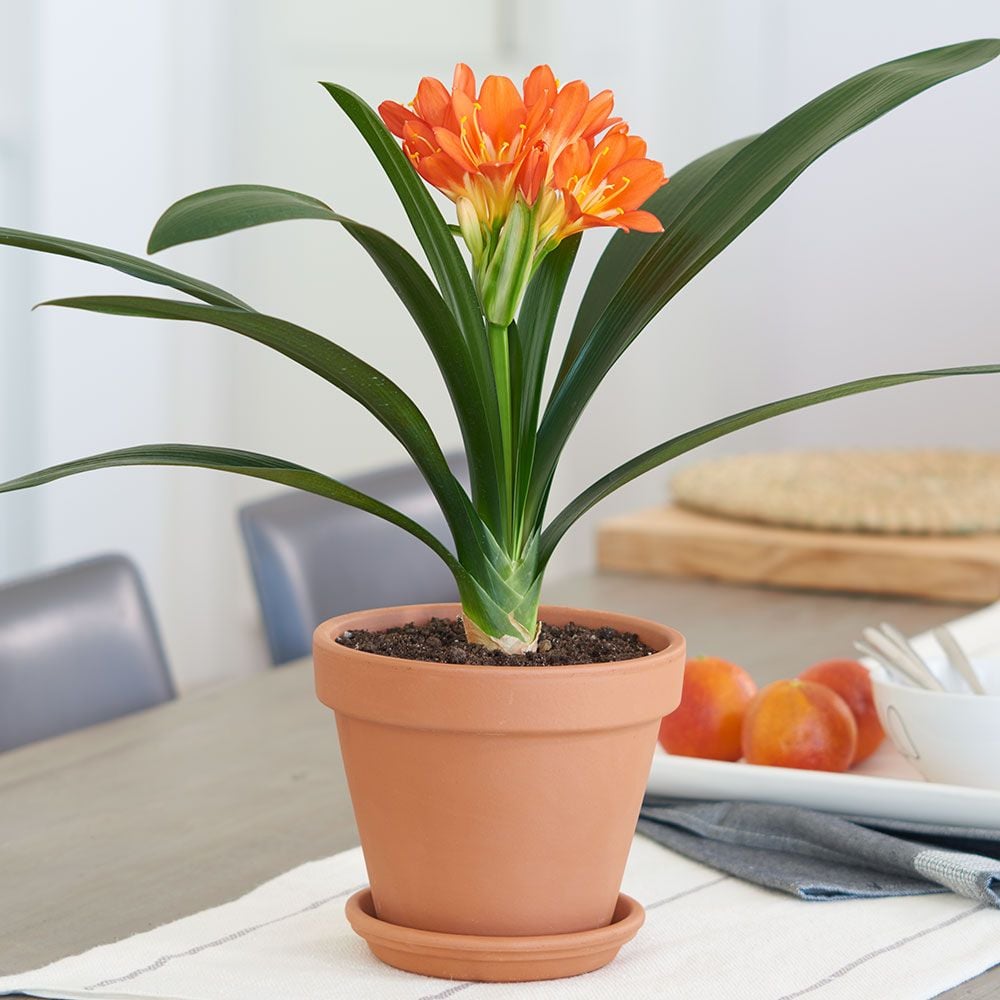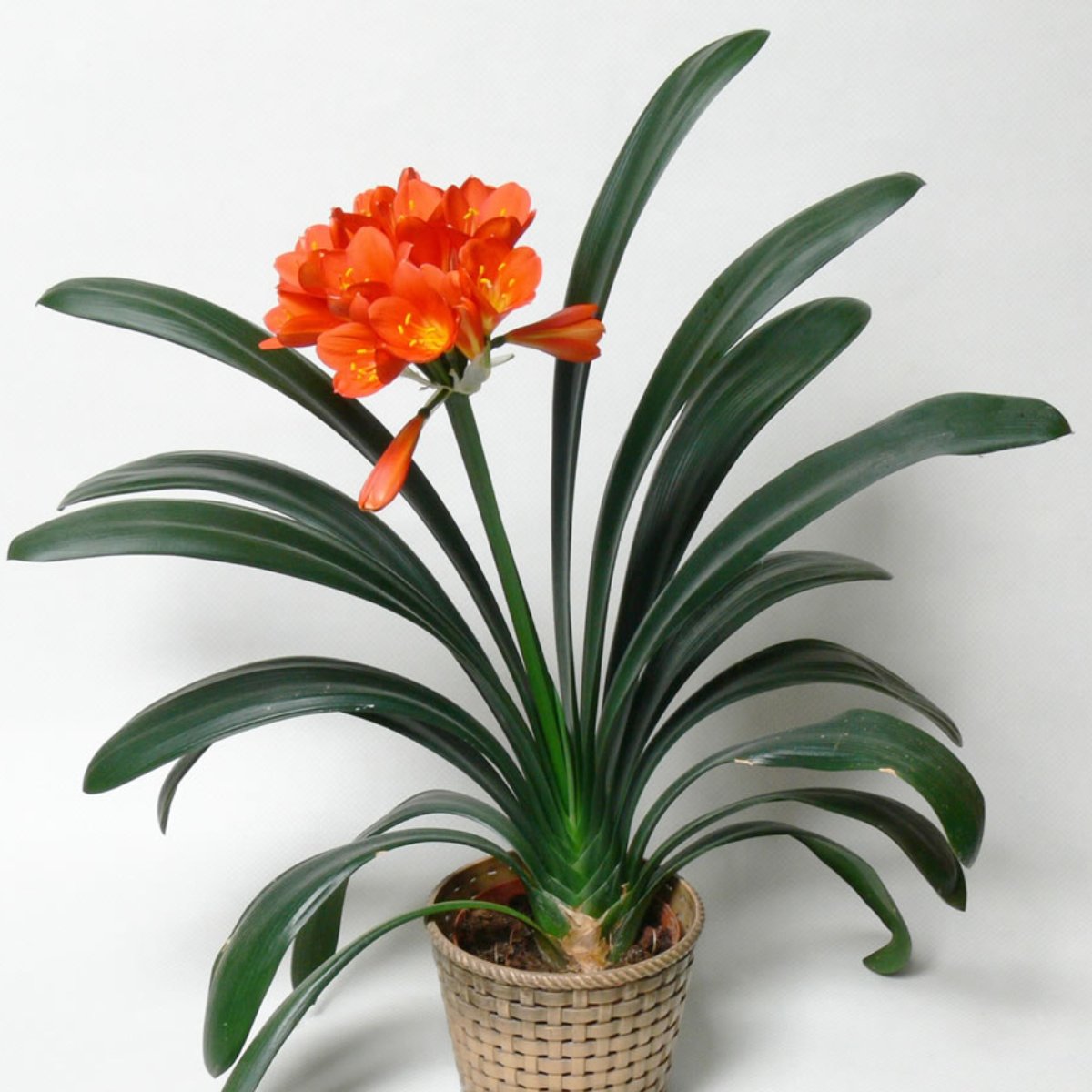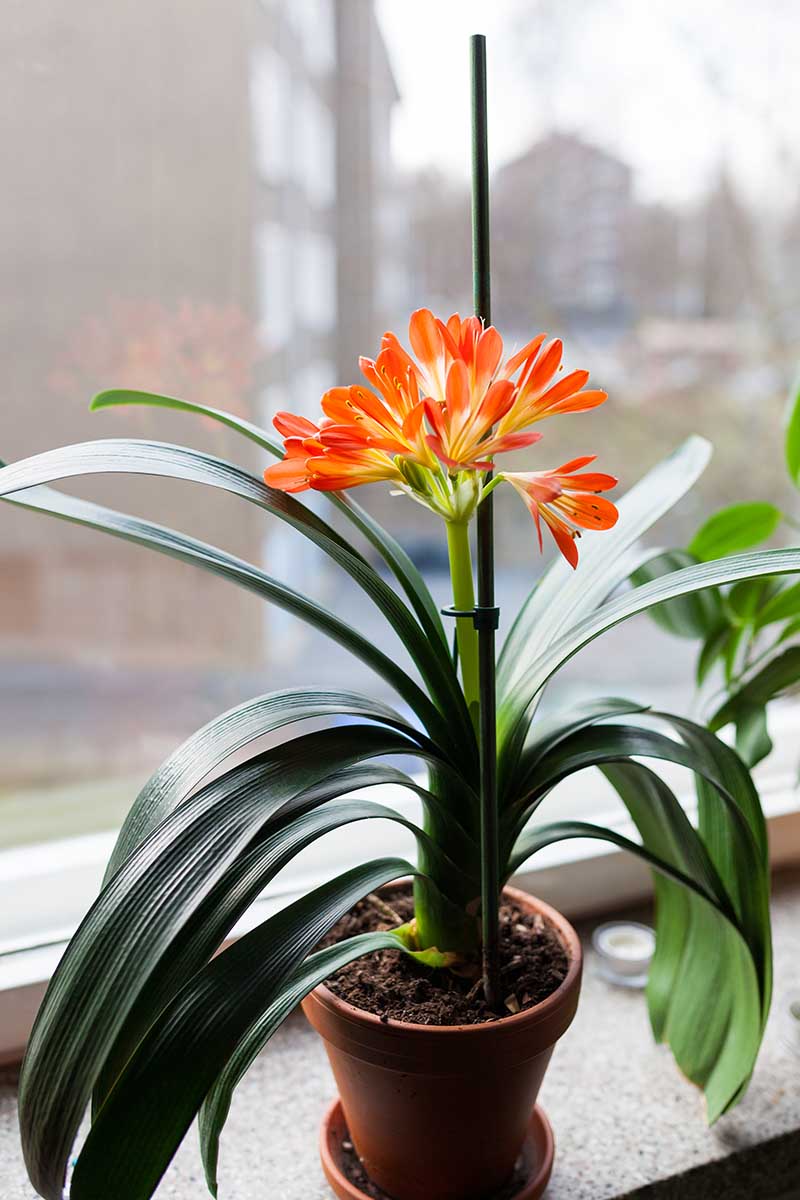The Clivia plant, often referred to as the Natal Lily or Bush Lily, is a captivating addition to any indoor or outdoor garden. Native to the subtropical forests of South Africa, this elegant perennial has captivated gardeners with its striking foliage and vibrant blooms. With its low-maintenance nature and ability to thrive in various conditions, the Clivia has become a popular choice for both novice and experienced plant enthusiasts.
A Closer Look at Clivia
Botanical Characteristics
Clivias belong to the Amaryllis family, a group of flowering plants known for their showy blooms. They are characterized by their lush, strap-like leaves that form a fan-shaped rosette. The leaves are typically a deep green color, although some varieties exhibit variegated patterns. The most striking feature of the Clivia, however, is its vibrant flowers. These trumpet-shaped blooms appear in a range of colors, including orange, red, yellow, and pink. They are often clustered together on a sturdy stem, creating a stunning display.
Cultivation and Care
Clivias are relatively easy to care for, making them ideal for those with busy lifestyles. Here are some essential tips for cultivating these beautiful plants:
Light and Temperature
:strip_icc()/BHG-How-to-Plant-and-Grow-Clivia-2067922489-2ff9fb16b3ed4e15a6ef33ec7fa59987.jpg)
Light: Clivias prefer bright, indirect light. Avoid exposing them to direct sunlight, as this can scorch the leaves. A north-facing window is an ideal location.
Watering
Watering: Water your Clivia regularly during the growing season, allowing the soil to dry slightly between waterings. Reduce watering during the winter months when the plant is dormant.
Soil and Fertilizing
Soil: Clivias require well-draining soil that is rich in organic matter. A mixture of potting soil and perlite or sand is ideal.
Repotting
Propagation

Clivias can be propagated through two main methods:
Seed Propagation
Seed Collection: Collect ripe seeds from the plant and sow them in a well-draining seed-starting mix.
Division
Division: Divide mature Clivia plants by carefully separating the offsets from the parent plant.
Common Pests and Diseases
Clivias are generally resistant to pests and diseases. However, they can be susceptible to the following:

Mealybugs: These small, white insects can infest the plant, sucking sap from the leaves and stems. Treat them with insecticidal soap or neem oil.
The Beauty and Versatility of Clivia
Clivias are not only beautiful but also versatile plants. They can be grown indoors as houseplants or outdoors in frost-free climates. Their elegant blooms and lush foliage make them a popular choice for adding a touch of tropical beauty to any space. Whether you’re a seasoned gardener or a beginner, the Clivia is a rewarding plant that will bring joy for years to come.
Clivia Plant


:strip_icc()/BHG-How-to-Plant-and-Grow-Clivia-2067922489-2ff9fb16b3ed4e15a6ef33ec7fa59987.jpg?ssl=1)